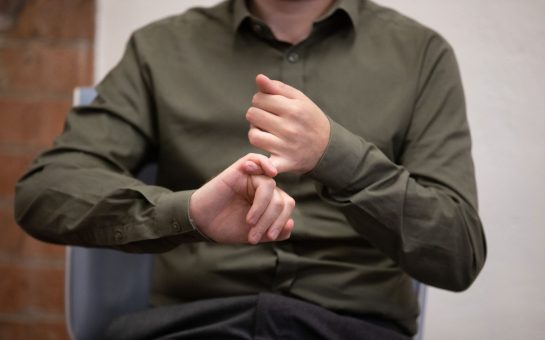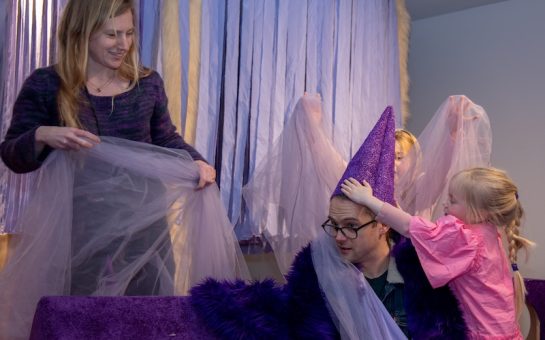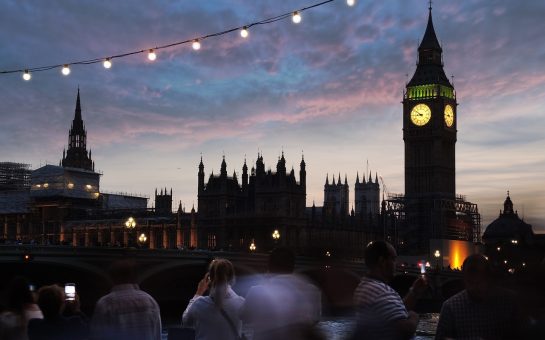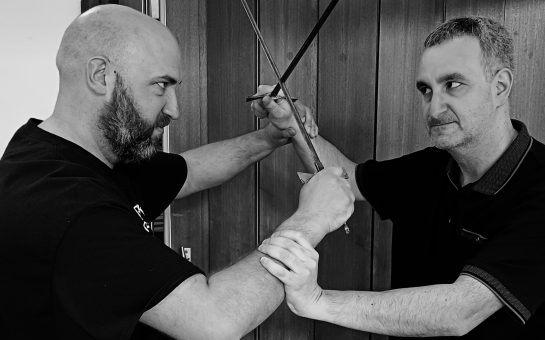Since coming out of lockdown many theatres made promises of reopening to a more accessible post-pandemic world.
While we still haven’t said goodbye to COVID-19, as most places are now fully open and functioning back to normal, it is a good time to see if such places kept up with their promises.
In July, Shona Louise, a theatre critic and a wheelchair user, tweeted about the difficulties she faced at the Vaudeville Theatre in the West End.
She wrote: “There is no accessible toilet at the Vaudeville and as a powerchair user, I can’t even use their stair climber to get into the theatre.”
This was especially hurtful to Shona who had supported the musical Six since its opening and was excited to see it move to a bigger stage.
She spoke to SWL candidly about the situation explaining: “The Vaudeville theatre doesn’t have an accessible toilet, if you need an accessible toilet you have to go down to the Alephie Theatre or there is a hotel nearby.
“They also assume that it is only wheelchair users who need that accessible toilet, but what about those who can’t walk long distances?”
She continued: “In my experience as a wheelchair user, people see me and think the access must be alright because I’ve got inside theatres.
“But actually what they haven’t seen is that I had to use a book or side entrance, that I can’t get to the bar or the merchandise stand or the restive view I have inside.
“There are so few accessible performances, it is just ridiculous that that is still the standard that we accept.”
After Shona’s tweets, she was able to speak to Nica Burns, co-owner of Nimax Theatres, who promised to accommodate bigger and heavier wheelchairs as the Vaudeville’s stairlift had previously been unable to handle powerchairs.
Although change was inspired, this interaction is indicative of how theatres have historically handled accessibility issues.
While some venues do hire access consultants to advise them, more often than not, the burden is put on disabled patrons like Shona using their voices to enact a difference.
With so few disabled people actually being hired by venues, there are many different types of accessibility issues that are not always accounted for.
Mike Layward, Artistic Director of Dash Arts, a disabled-led visual arts organisation explained the changes which are happening in hiring.
He said: “I can see a more informed discussion about processes people are going to have to put in place for longer to change, such as recruitment policies and artists pay.
Those discussions feel like they are not happening in a tokenistic way.”
Changes in the people behind the scenes have a real impact on operations despite the challenges.
Mike continued: “There will still be venues where physical access will be difficult.
People in positions of authority also have the restraint of growing up in an ableist society. It’s going to take time to confront those and make those changes.
It will happen, it will just take time.”
One way that accessibility can be easily improved is through having more online shows, as was the case throughout the pandemic.
The Arts and Humanities Research Council found that 126 out of 224 UK theatres and theatre companies had at least one online production in the 18 months from March 2020.
Yet 56% of those theatres had no online performances in the autumn season.
The shift to online was a welcome change for many as captions, British Sign Language and audio description were standard across the industry, as well as making it easier for neurodivergent people who did not have to adhere to the strict expectations around silence and stillness.
Despite the slow progress, there are theatres in London working hard to ensure accessibility for all their patrons.
Bush Theatre in Shepherd’s Bush approaches accessibility through the Social Model of Disability.
The Social Model holds that a person is not ‘disabled’ because of their impairment, health condition, rather, it is the physical and attitudinal barriers in society.
Ed Theakston, Marketing and Ticketing Officer at the Bush Theatre in Shepherd’s Bush explained: “A key aim at the Bush is bringing the best of new writing to the broadest audiences as possible, and understanding that accessibility is multifaceted and should be integrated into all the work we do.
“Accessibility is not an optional extra – but an integrated part of all our activity.”
Accessibility in theatre is a full structural change, not just an easy slogan used in marketing.
As well as an attitudinal shift, theatres need to make changes from the ground up.




